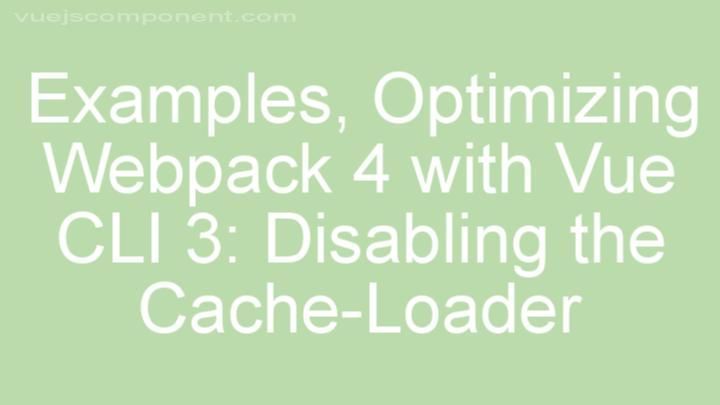
Install
signal-exit
When you want to fire an event no matter how a process exits:
- reaching the end of execution.
- explicitly having
process.exit(code)called. - having
process.kill(pid, sig)called. - receiving a fatal signal from outside the process
Use signal-exit.
// Hybrid module, either works
import { onExit } from 'signal-exit'
// or:
// const { onExit } = require('signal-exit')
onExit((code, signal) => {
console.log('process exited!', code, signal)
})
API
remove = onExit((code, signal) => {}, options)
The return value of the function is a function that will remove
the handler.
Note that the function only fires for signals if the signal
would cause the process to exit. That is, there are no other
listeners, and it is a fatal signal.
If the global process object is not suitable for this purpose
(ie, it's unset, or doesn't have an emit method, etc.) then the
onExit function is a no-op that returns a no-op remove method.
Options
alwaysLast: Run this handler after any other signal or exit
handlers. This causesprocess.emitto be monkeypatched.
Capturing Signal Exits
If the handler returns an exact boolean true, and the exit is a
due to signal, then the signal will be considered handled, and
will not trigger a synthetic process.kill(process.pid, signal) after firing the onExit handlers.
In this case, it your responsibility as the caller to exit with a
signal (for example, by calling process.kill()) if you wish to
preserve the same exit status that would otherwise have occurred.
If you do not, then the process will likely exit gracefully with
status 0 at some point, assuming that no other terminating signal
or other exit trigger occurs.
Prior to calling handlers, the onExit machinery is unloaded, so
any subsequent exits or signals will not be handled, even if the
signal is captured and the exit is thus prevented.
Note that numeric code exits may indicate that the process is
already committed to exiting, for example due to a fatal
exception or unhandled promise rejection, and so there is no way to
prevent it safely.
Browser Fallback
The 'signal-exit/browser' module is the same fallback shim that
just doesn't do anything, but presents the same function
interface.
Patches welcome to add something that hooks onto
window.onbeforeunload or similar, but it might just not be a
thing that makes sense there.




